6 Herbs for PMS
PMS stands for premenstrual syndrome which is defined as life-disrupting physiological and psychological changes in the luteal phase of the cycle. Symptoms include cramps, bloating, headaches, nausea, fatigue, and mood swings. After the menstrual cycle begins, symptoms typically disappear. PMS can be predicted due to hormone imbalances with estrogen and progesterone, specifically high estrogen and low progesterone. During the start of the luteal phase, after ovulation, progesterone is increasing, but if pregnancy doesn’t happen progesterone will drop by the end of the phase. This drop-in progesterone may be more extreme for some women and this causes estrogen to increase rapidly. Additionally, this hormone imbalance can be caused by other factors such as stress. This extreme shift in hormone levels could be the cause for PMS symptoms. There is a solution though because there are many herbs for PMS.
Source: 18395582
Here are 6 herbs for PMS:
1. Vitex
Vitex is one of the herbs for PMS. Other names include: chasteberry, chaste tree berry, and vitex agnus-castus. It comes from a shrub-like tree native to the Mediterranean and Central Asia. Vitex itself is not a hormone, nor does it contain any hormones. The therapeutic effects of vitex are due to the indirect effects it has on different hormones and mood chemicals (neurotransmitters) in the body.
Due to the effect vitex has on the pituitary gland, increasing the release of luteinizing hormone (LH), this promotes ovulation and raising progesterone levels. This effect will balance out the estrogen and progesterone ratio making vitex beneficial for PMS.
Vitex also has an effect on dopamine, and possibly acetylcholine and opioid receptors. Several components found in vitex extracts can affect pituitary dopamine receptors when taken at higher doses. This activity is the way vitex can help to reduce elevated prolactin levels and reduce negative effects of PMS by lifting up your mood.
Taking vitex for two to six menstrual cycles may help to reduce PMS symptoms. Particularly it can help to reduce breast pain or tenderness, constipation, mood swings, and headaches. A systematic review of 17 randomized controlled trials (the gold standard of research) found vitex to be safe and effective for PMS and PMDD. Another study found that vitex is more effective than antidepressants for PMDD.
2. White Peony
White peony is native to China, Europe, and Northwestern American. It is noted for its medicinal value in hormone regulation. Studies have found white peony to be beneficial for lowering testosterone in patients diagnosed with PCOS. Inflammation has been explored as being a source of discomfort for women who have PMS symptoms. Studies have found white peony to have anti-inflammatory properties because it inhibits inflammatory mediators such as PGE2, LTB4, and NO. This is why white peony is one of the herbs for PMS.
Source: 23843810, 25035435, 21687505
3. Dandelion Root
Another one of the herbs for PMS is dandelion root. Bloating and water retention are common with PMS, so when looking for a PMS relief tea for these symptoms, dandelion is a great choice. Dandelion acts as a diuretic, which increases water excretion, therefore reducing water retention that contributes to that puffy feeling or look. It also contains lactones and phenylpropanoids, which have been found to have an anti-inflammatory effect. Some studies have even shown that dandelion can have an anti-fatigue effect.
Source: 19678785, Herbal Remedy Book
FREE pain-free period 5-day MEAL PLAN:
4. Cramp Bark
Cramp bark is another one of the herbs for PMS. Its original name is Guelder-rose, and its origin is in Europe, Central Asia, and Northern Africa. Although there have been many uses for cramp bark, relieving period pain tends to be the most popular, hence it's nickname. There is a small amount of evidence that cramp bark may be useful for anti-spasm effect on the uterus, helping it to relax and alleviate cramping pain associated with PMS. Additionally, it can have blood pressure reducing effects and relaxation to smooth muscle in the pelvic region outcomes as well.
5. Valerian Root
Another one of the herbs for PMS is Valerian Root or cat grass. This plant can grow up to 1.5 meters which sprouts white and pink flowers originating in Europe and Asia. Valerian root was found to reduce both physical and mental PMS symptoms through increasing the serotonin response, as well as increase GABA transmission. Additionally, the study found that it can have beneficial effects for dysmenorrhea, which is painful menstrual cramping caused by the hormone prostaglandin.
Source: 27419099
6. Reishi
Reishi, also called Ganoderma lucidum, is a mushroom, or adaptogen, that helps the body manage to stress. Native to Europe, Asia, and North America, this mushroom has been used in Chinese medicine for many years now. It is one of the herbs for PMS because it can manage the stress response which will aid in reducing PMS symptoms by balancing hormones progesterone and estrogen. Additionally, a study found that Reishi has this effect from decreasing the oxidative stress response. because it has antioxidant properties from its polysaccharide component, a long-chain carbohydrate. Lastly, Reishi has been found to counteract general fatigue and weakness which are also symptoms of PMS.
Source: Herbal Medicine Book Herbs For PMS
TAKE AWAY MESSAGE:
There are several herbs for PMS relief. If you’re looking to understand the root causes of your PMS, check out my hormone testing packages HERE.







